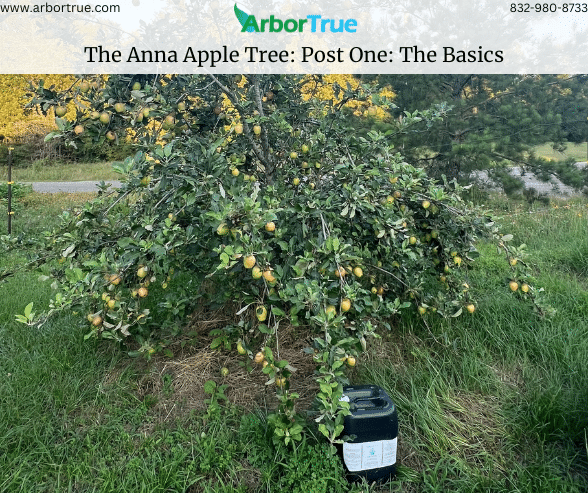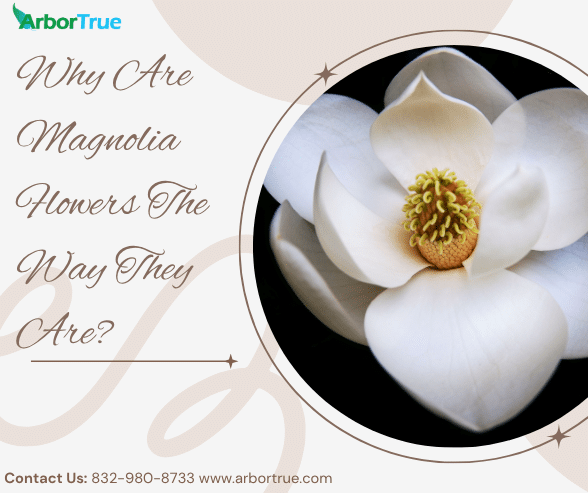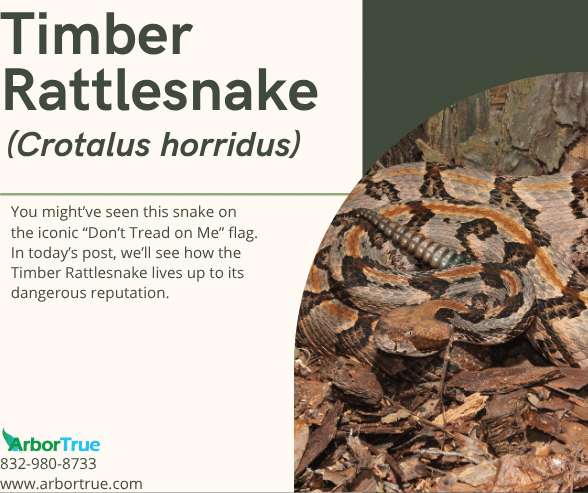
The Challenges of Austin’s Changing Climate: A Guest Blog Post by Orion Stahlbaum
June 19, 2024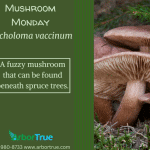
Mushroom Monday: Tricholoma vaccinum
June 24, 2024
The Anna Apple Tree: Post One: The Basics
This past Tree Thursday we highlighted The Anna Apple Tree. Today we are going to start a series of posts where we go more in depth and also cover some related topics. The tree in the photo we shared for Tree Thursday (as well as the photo in the image for this post and those below) was grown by one of our arborists. They told us about the tree, shared the photos, and let us know some reasons why the Anna apple tree is an interesting tree. In this post, we take a look at the basics of the tree. In the following posts, we relate the Anna apple tree to the ideas of chill hours, Brix, and how fruit trees are pollinated and fertilized.
________________
The Anna Apple tree (Malus domestica ‘Anna’)
Where Can Anna Apple Trees Be Grown?
Anna apple trees are hardy in zones six through nine and possibly as far north as zone five depending on where you live. One of the things that makes Anna apples interesting is that they need fewer chill hours than many other types of apple trees, needing between two and three hundred hours. This means Anna apple trees can be grown in places like the Gulf Coast. We’ll look a little more into chill hours in a later post.
What Are Anna Apples Like?
Anna apples range in color from greenish yellow to red. They are crisp, sweet, and have a somewhat acidic taste. They ripen toward the start of summer and can be eaten raw in addition to being used in recipes.
What Are the Growth Habits of Anna Apple Trees?
Anna apple trees get to be between fifteen and thirty feet in height and width at maturity. They grow at a medium rate, in the sun, and prefer moist soil. As they grow, they develop a pyramidal shape. The leaves of Anna apple trees change color in the fall before falling from the tree (it is deciduous) and the attractive flowers bloom in spring. Anna apple trees can start bearing fruit after three to five years. If there are too many apples, they can be thinned as a way to reduce the likelihood of damage that can happen as a result of overbearing. Because of the degrees Brix of Anna apple trees, they are less susceptible to pests, such as webworms, than some other types of trees. We’ll go more in depth about why in a later post.
Do Anna Apple Trees Need Pollinator Trees?
Like other apple trees, Anna apple trees can benefit from a pollinator tree of a different variety. Anna apple trees can be pollinated by trees such as Floribunda Crabapple, Ein Shemer, and Dorsett Golden. We’ll look more into the idea of fertilization and pollination in a later post.
In addition to being grown near pollinator trees, other plants can be grown around Anna apple trees. Some examples include rosemary, salvia, and lavender.
In later posts, we’ll look more in depth into chill hours, Brix, and how fruit trees are pollinated and fertilized.
Here are some photos of the Anna apple tree grown by one of our arborists:
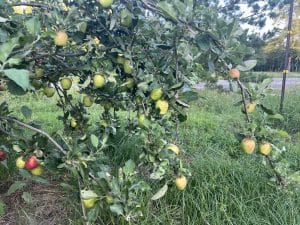

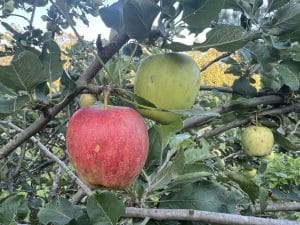
If you liked learning about Anna apple trees, check out our other posts on our TrueTreeTalk blog. Follow us on Facebook to keep up with these and other posts.
* * *
ArborTrue is a science-based tree-service company in the greater Houston area. We provide a range of services including tree trimming, tree pruning, tree removal, tree planting, arborist consultations, and more. Call us today at 832-980-8733 or reach out to us online to schedule an appointment.

